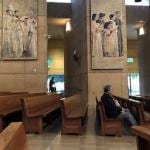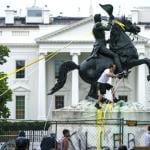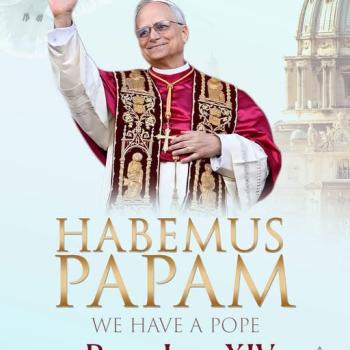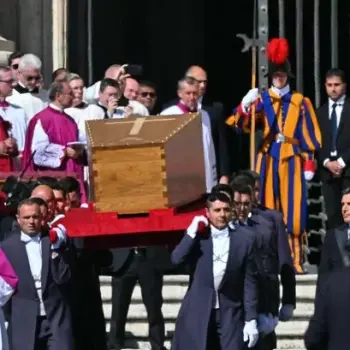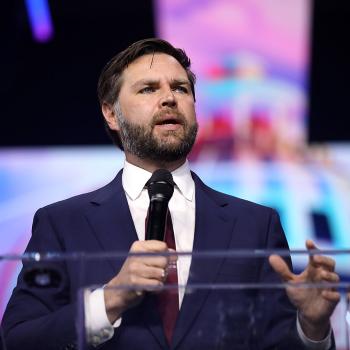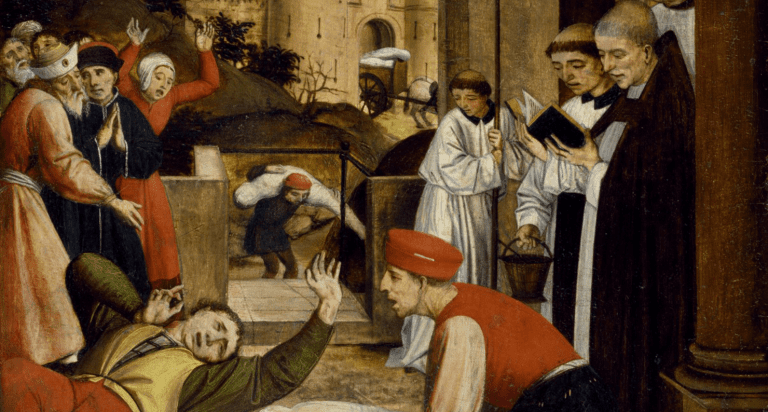
Remember What Happened To The Church After The Black Plague
The last pandemic that paralyzed the world wide Catholic Church was the Black Plague of the 14th century. You could excuse that paralysis since about half of Europe perished in that pestilence. That was very bad. Just think of what it did. First of all, it killed off the best and brightest of the leadership of the Church. The holy priests and nuns who ministered to the sick died off quickly. That left the third and fourth string of religious leaders to carry things along for the next two centuries. They didn’t do a very good job. The second half of the 14th to the second half of the 16th century are not seen as high points of the Church as far as holiness goes. Right after the plague, sacraments were scarce, people didn’t congregate for Mass, bishops and papacy separated themselves further from the people. A huge black hole was left in the spiritual hearts of the people because the Church could not recover from the plague.
The Paralysis Of The Church Seven Centuries Ago Is Back
That same inertia, that same inability to respond to the crisis of the time afflicts us today. One would think that the pandemic would be a catalyst to renewal in the Church. After all, it is nowhere near as deadly as the Black Plague was. Our religious leaders and the majority of its priests and ministers and laity remain healthy and whole. And yet, we are paralyzed as the world goes on.
The Church Is Not Responding To Dangers That Threaten It; i.e. Iconoclasm
Our leaders can’t find it in themselves to object to the iconoclasm going on with the destruction of images. That destruction is now affecting religious art. Shaun King, an influential Black Lives Matter activist recommends that Jesus statues be destroyed because they represent white supremacy. When the mob starts screaming like this, bad things lie ahead, and it behooves religious leadership to begin speaking loudly against this trend now, before the movement moves on to real people rather than statues and paintings. Lest you think I’m wrong, go check the Iconoclastic Crisis of the 8th century in Byzantium. Emperor Leo crafted extreme laws to destroy all images so that the Muslims, who were at his borders and didn’t like images, would be appeased. Well, that effort in appeasement didn’t make the Muslims friends and ended up killing thousands of Christians over what started first as art criticism.
People Disillusioned Because Sacraments So Burdened With New Rules and Regs
Then there are the sacraments upon which the Church is busily putting so many checks and balances. Just getting to Church and sitting in the presence of a liturgical service that provides one of the sacraments is like being a rat crawling through a maze. Ordinary people don’t like being rats. Ordinary people aren’t going to go through the bother of registering, sanitizing, masking, social distancing, and following all the other new rules and regs. The Church has become the victim of its own obsessive compulsive disorder: “In order to save this sacrament, we are going to have to make it impossible for people to receive it.”
Reactive, Not Proactive, Church Has No Plans To Get People Back to Sacraments
As society begins to open up again, we see business coming up with creative ways of getting people into stores and restaurants. We do not see such a thing happening in the Church. We are timid; reactive, not proactive. We have no plan to bring people back to Church. They have gotten very comfortable with virtual liturgies and Sundays where the obligation to attend Mass has been lifted. What’s going to bring them back? Though many Catholics are glad to find they can attend Mass again if they can get through the red tape, the vast majority of Catholics do not feel that longing. We should be using this time to craft a new message of welcome, a new invitation to holiness, and use this time to help people understand what the Eucharist really means.
Stronger And Better Leadership Means Strengthening Health of Priests.
Lastly, we should be spending our time helping our priests. They have been very much alone in the wilderness these past months doing what they can to let people know the Church still cares. But few Catholics have tended to their needs. New spiritualities for priests, new ways of preaching, and a definite effort by the Church to make sure priestly health, whether spiritual, social or physical, is looked after is very necessary. We could pray for a St. Philip Neri, or a St. Vincent de Paul, or a Venerable Fulton Sheen to help inspire the priests. I believe we have those people among us. I would urge them to act now and not wait for the bishops to ask them to help. The bishops won’t oblige. The crisis in episcopal leadership is serious, as can be seen by their overwhelming inability to deal with the lethargy that is afflicting the Church, a lethargy that started long before the pandemic, but has accelerated because of it. They are good men, but they have to realize that this crisis does not need to be managed, it needs to be triumphed over and that takes shepherding leadership, not managerial competence.
This Is Still A Graced Time. Let’s Not Waste It.
Yet this is a graced time. We Catholics have been given a chance to make the Church even better. Let’s not waste the opportunity and go into a doldrums such as the Church of the Late Middle Ages fell into after the Black Plague. Instead, use this time as a catalyst for a Church that will transform, not acquiesce to society.


